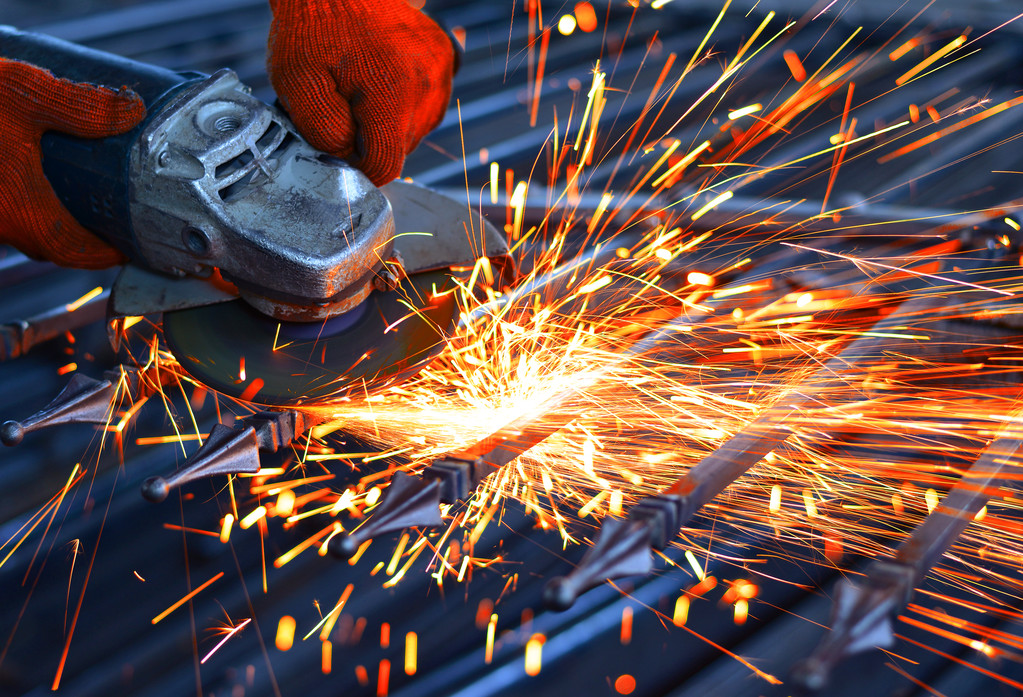Analysis of the Causes of Abrasive Cracks
Cracks are a relatively common waste factor. The destruction of any material must have two preconditions: one is that there are cracks inside the material; the other is that such cracks can expand in the material until it breaks.
All defects in the material, including micro-cracks, small pores and places where impurities are concentrated, and places where the organization is loose, can become the source and cause of cracks, which are called crack sources. Any crack is generated from the crack source under the action of external force. The source of the crack is often so small that it cannot be detected with the naked eye, but under the microscope, it can be seen that there are many tiny cracks - tiny cracks, as well as pores and impurities, which are the origin of cracks.
The source of the crack is brought in by the abrasive tool during the production process. No material can be completely free of defects, but the number and degree are different. Although we have made various efforts in process control and other aspects, the internal defects are still more serious. There are many metal materials. But this does not mean that cracks will inevitably occur if the product is defective. The important thing is that the product cannot be plastically deformed like metal under the action of external force. It is easy to concentrate the stress on a certain part, so that the defect-crack source in this part is quickly transformed into a crack. Once the internal crack is formed and reaches a certain critical size, it will expand very easily. The internal stress immediately concentrates on the tip of the crack and expands to both sides of the tip. It cannot absorb external force by changing its shape like metal. The energy brought in can only be absorbed in the form of a new surface, and the expansion of the crack means the formation of two new surfaces. In this way, the crack expands rapidly, and the new surface increases rapidly until the crack is formed or broken, so that all the applied energy is converted into the energy produced by the new surface. This is the process of crack formation.
The birth and expansion of cracks occur in a very short period of time, even in an instant. It can really be said to be disintegrated. The property of an abrasive tool that cannot withstand strong vibration and collision is called brittleness. The measure of brittleness can be expressed by the energy required to form a unit of new surface, which is called fracture work. The greater the fracture work, the greater the toughness. The fracture work of the ceramic grinding wheel is very small, only one thousandth of that of copper, which means that the abrasive tool is brittle and cannot withstand the blow. Therefore, whether it is a semi-finished product or a finished product, it should be Handle with care to avoid cracks and wastes caused by collisions.
The brittleness of the grinding wheel is not only manifested in its inability to withstand beating, that is, poor mechanical shock resistance, but also in its poor thermal shock resistance, also known as poor thermal shock resistance. Mechanical shock resistance and thermal shock resistance have similarities and differences. They are the same in terms of damage performance. They both cause cracks inside the product and promote the rapid expansion of cracks, which eventually lead to complete cracks. Mechanical shock is caused by external force, while thermal shock is caused by thermal stress inside the product. Thermal shock resistance is not only related to the mechanical relationship, but also has a great relationship with the thermal conductivity and thermal expansion function of the product itself. In the process of heating, the temperature difference between the surface and the inside of the product, that is, the temperature difference, causes the different parts of the product to have different expansion and contraction rates, resulting in thermal stress. If the ability to conduct heat is high, the temperature difference caused by each part of the product can be reduced, the expansion and contraction rate of each part is small, and the influence of the generated thermal stress is also reduced.
There are two types of cracks: mechanical shock and thermal shock.
Examples of mechanical impact include: flipping, collision and beating during the molding process, impact during handling, excessive pressure during processing, and excessive knife feeding.
For example, thermal shock includes heating up too fast, cooling rate too fast, drying rate too fast and so on.
- Prev:Nothing
- Next:Abrasive classification



